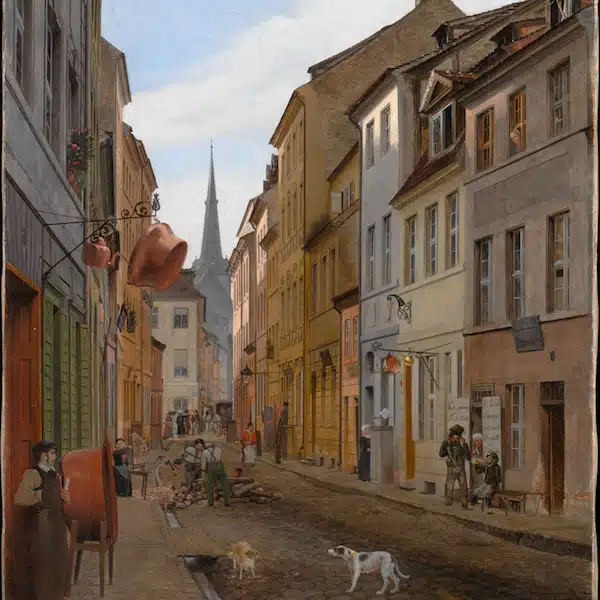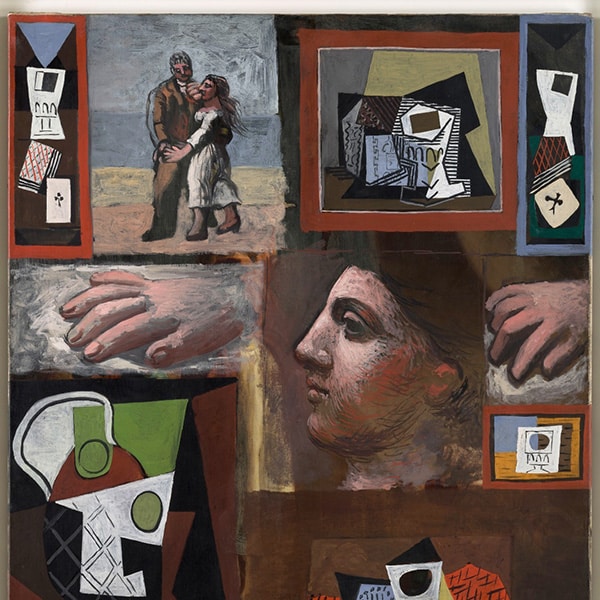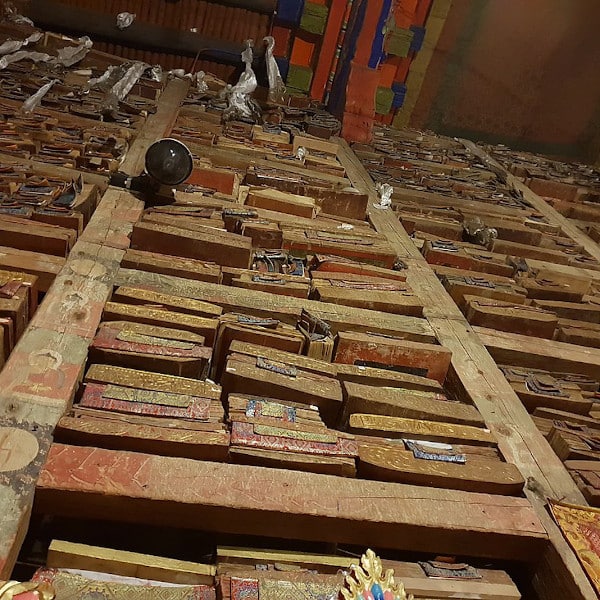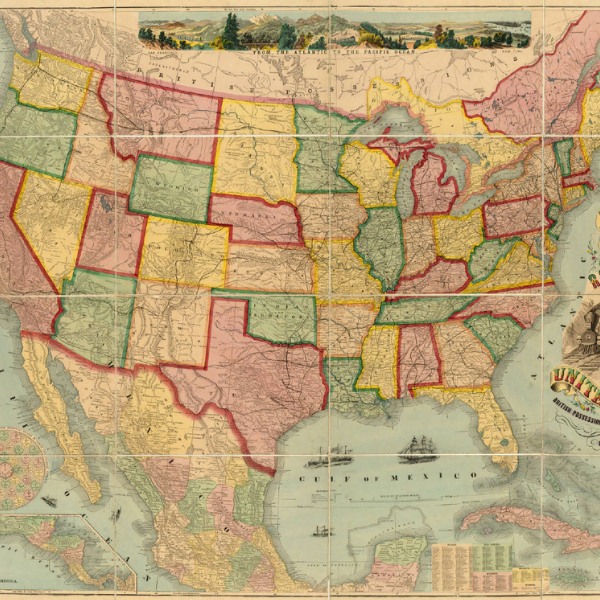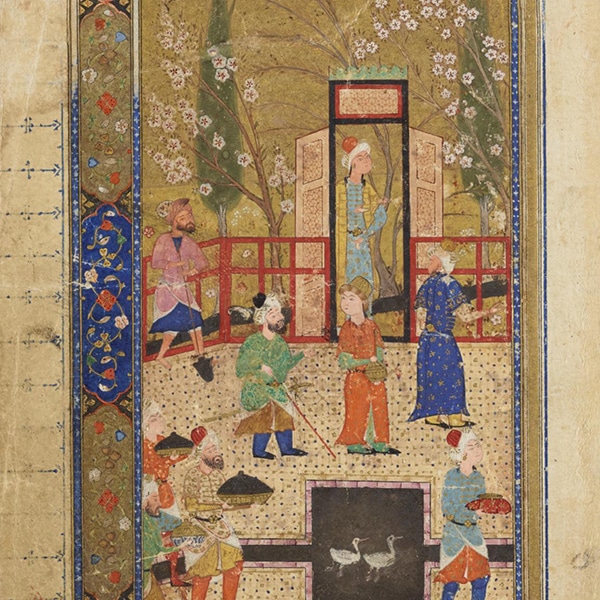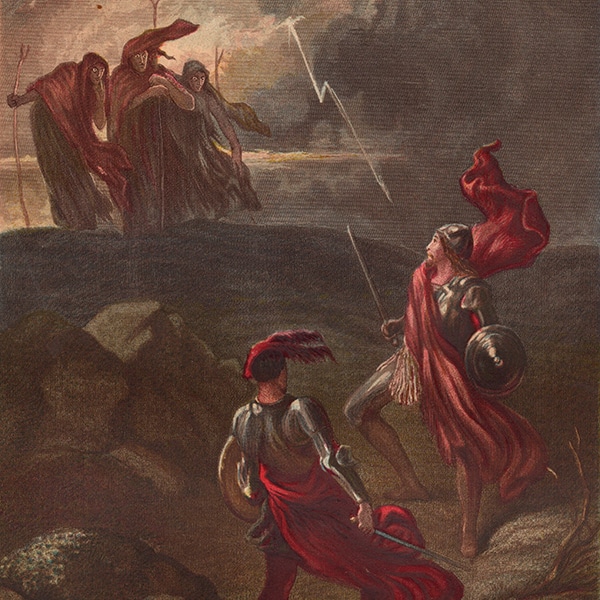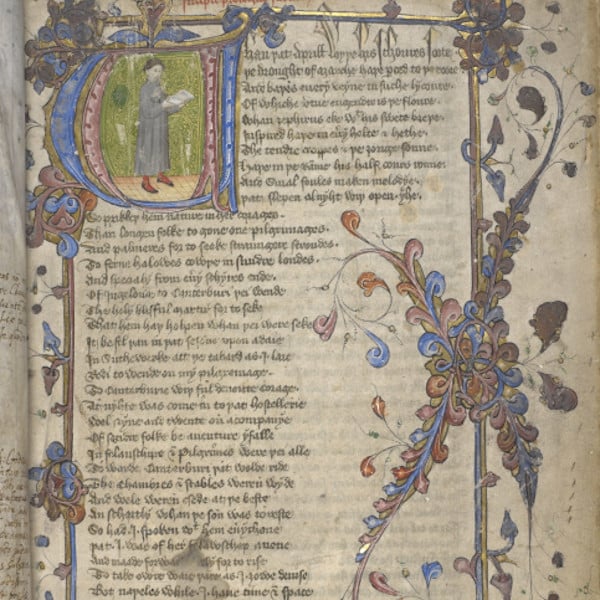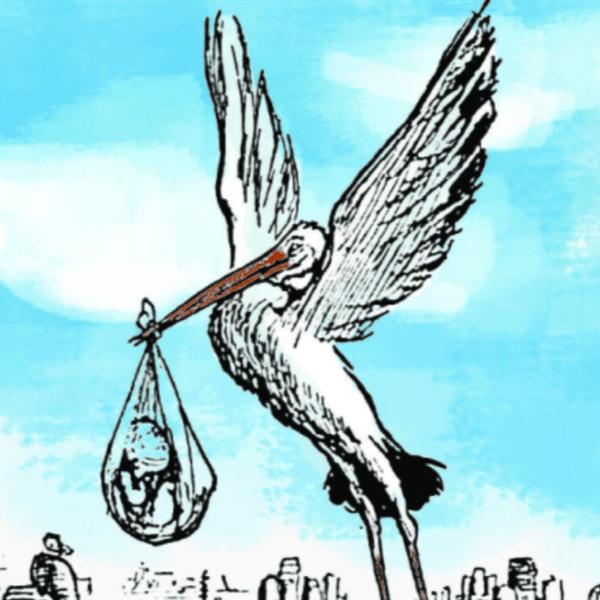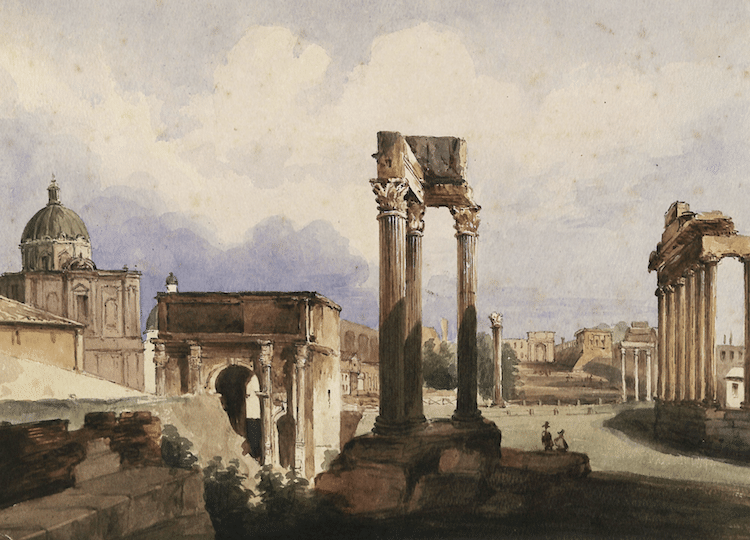
Possibly by General James Maurice Primrose, Undated (Rome)
With the proliferation of social media and smart phones, it's hard to imagine a time before photography. Today, we can snap, send, and share photos in an instant, but people living just 150 years ago had to come up with creative ways to chronicle the world. One popular method of documentation was watercolor painting, a practice explored in Watercolour World‘s new digitized archive.
With over 80,000 historic paintings digitized to date, Watercolour World offers a comprehensive look at the age-old craft. Though based in the United Kingdom, Watercolour World collects vintage watercolors from private and open source collections from all over the world. This inclusive approach culminates in an encyclopedic collection of works featuring flora and fauna, architecture, landscapes and seascapes, travel and transport, and people.
Though eclectic in subject matter, these watercolor paintings have one thing in common: they were created as a means of documentation. “Before the invention of the camera,” Watercolour World explains, “people used watercolors to document the world. Over the centuries, painters—both professional and amateur—created hundreds of thousands of images recording life as they witnessed it. Every one of these paintings has a story to tell.”
As we move into the future, access to these visual stories will become increasingly important. To scientists, it will help paint a picture of how the natural world has changed. To historians, it will open the door to lost places, people, and ideas. “And to all of us,” Fred Hohler, the founder of Watercolour World, explains, “it will offer an extraordinary journey into lands around us in earlier times, and an encounter with our predecessors to observe how they lived, loved and played.”
You can wander through Watercolour World by visiting the online archive.
Here's a glimpse of the vintage watercolors you'll find in this new digital archive.
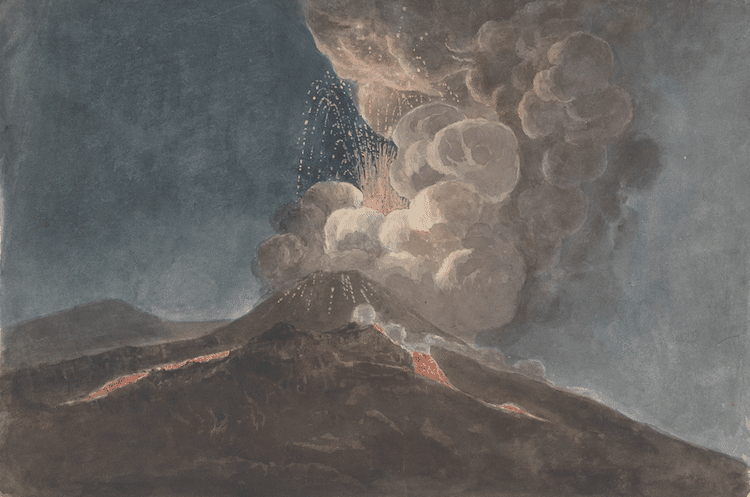
Isaac Weld, “Vesuvius in Eruption,” Undated

William Simpson, “Elephant Battery,” 1864
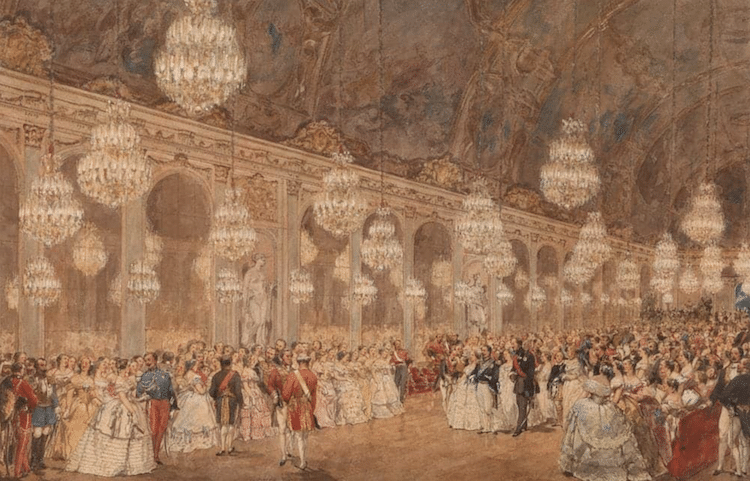
Victor-Joseph Chavet. “The Promenade in the Galerie des Glaces, Versailles,” August 25, 1855

Jean Gautier, “Shell Study II,” 1844
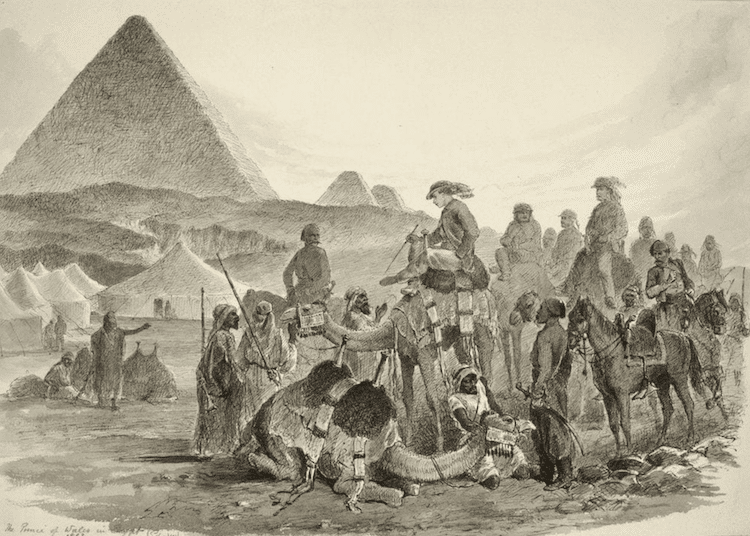
Frederick George Cotman, “The Prince of Wales visiting the Pyramids, Egypt,” 1862
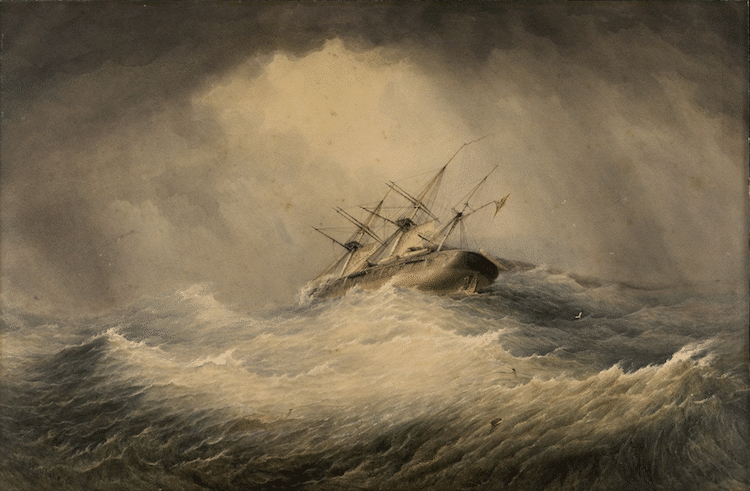
Edward Augustus Inglefield, “HMS ‘Prince Consort' in a gale,” 1866
h/t: [Open Culture]
All images via Watercolour World.
Related Articles:
10+ Famous Watercolor Artists Who Continue to Influence Painting Today
Interview: Museum’s Artist-in-Residence Promotes Conservation with Wildlife Watercolors
19th Century Archaeologist’s Historical Findings of Rome’s Transformation Is Now Online











































































